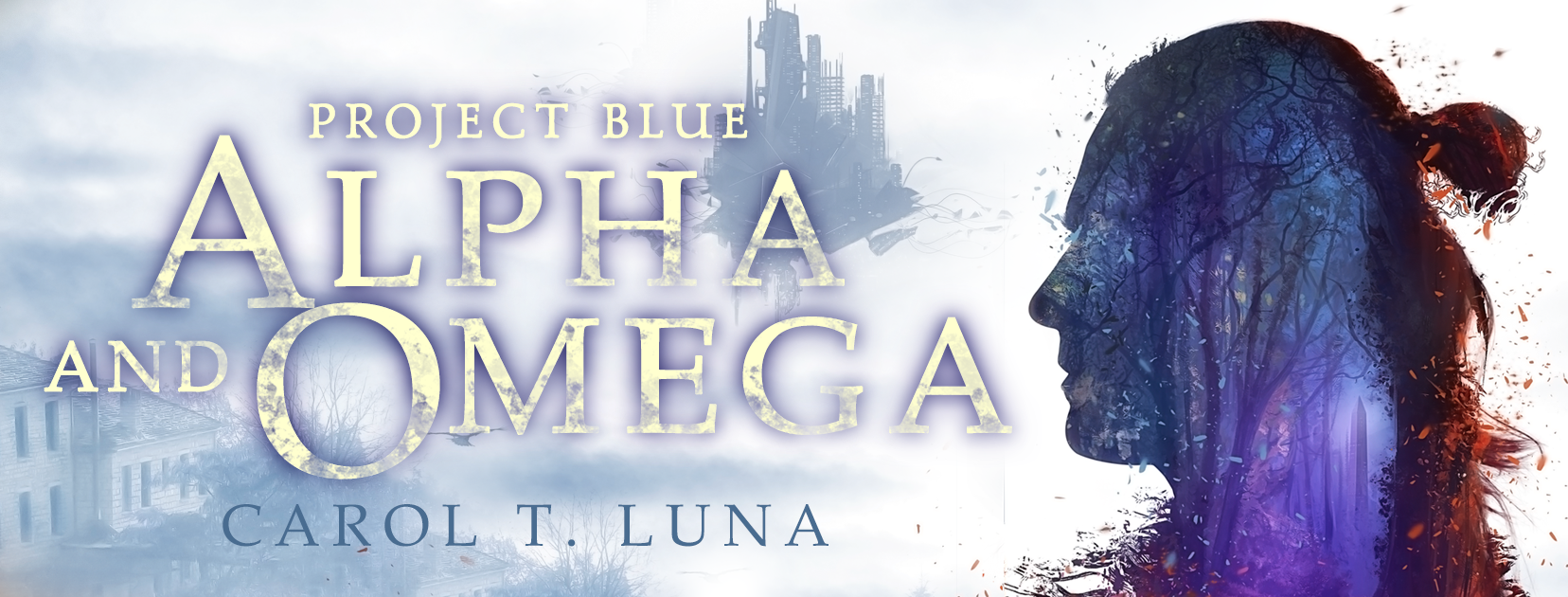On my quest to deliver a quality story, I have booked an editor. The process took three weeks, but finally I decided on not one, but TWO. Two wonderful people who I’d mesh well with and would help me take my work to a new height.
It’s not always about the money, honey.
That being said, editors are busy people. I have a month until my first round of editing is in play and I don’t want to waste either time or money on things I know I can fix. Except it’s a little difficult when I’ve gone over the same piece a million times.
So here are six things I’m doing to make sure my work is in tip-top shape before I leave it in the hands of a professional:
1. Taking a Break
It’s been said a lot, but not enough. I used to discredit this (a month is okay, people said it was!) but for me, it takes six to eight weeks for me to really forget about something. I now never trust myself to cut when I can guess how the sentence ends.
2. Read My Work Aloud
While my first round of editing will be focused on overarching issues, there’s no reason not to fix the little trip ups that will disturb the reading process. As an unspoken rule, this also means curling up in a comfortable spot with a good drink somewhere for a while. Reading a manuscript in the fewest sittings helps me maintain a consistent voice, rhythm, and more importantly, mood. I am not nice to my work when I am upset.
3. Using a Style Sheet
Well, kind of. Not really.
I usually go through my manuscripts with a blank pad but I’ve recently learned of this nifty tool professional copyeditors use. It can be used to identify inconsistencies, grammatical mishaps or exceptions (I’m no devout follower of APA, Chicago, or Strunk and White, as much as I try), and jargon specific to your universe.
Personally, it has gotten so bad that I needed a section devoted just to injuries. And haircuts.
I also use this time to think about big picture things like themes, side plots, loose ends, or the rule of three. As I read, I’m drawn into the micro aspect of editing (This would read better if this word was here! This sentence is plain filler!). Oftentimes, I forget about the more subtle plot devices or dead subplots I planted chapters earlier.
You can use a plain piece of paper but I always do better with guidance and organization. With tools like these, it makes it easier to analyze a big chunk of work.
4. Trusting My Gut
Reading a lot is just as important as writing a lot. Writing is a skill; one based in language at that. That’s a big duh, but think about it. To learn a foreign language quickly, one must submerse oneself in it. If you spoke say, Swahili, eight hours a day, you’d pick it up much faster than the average study-by-textbook person. It’s natural.
Just as it is natural to pick up rhythm, flow, and structure from reading.
I tend not to read much when I’m drafting (I absorb voices like a sponge and of course, time constraints) but I try to return whenever there’s a lull in my work. Every time I do, I’m able to identify things easier. Ride the rhythm of a song a bit better, so to speak, to the point where I can say: this feels out of place. This feels right.
Structure, like I’ve said before, is my weakness and I attribute it to the almost ten-year gap I spent as a teen not devoted to literature. Still, my gut is all I got when it comes down to it, and I’ve learned my instincts have developed well enough to be reliable since then.
5. Running it through a Proofreader
An automatic editor is a new tool I picked up since I devoted myself to blogging on the regular. While it doesn’t solve all my problems and doesn’t suggest the best of solutions, it’s still useful as a tool to pinpoint my weaknesses. I don’t have the funds to hire a copyeditor for every piece I write, but I can run it on the cheap with a program.
There are quite a few out there, but I’m enjoying ProWritingAid. While it’s a bit clunky to use and its plugin on WordPress seems to be non-functional (with the premium trial, at least), its analysis is pretty top notch. It identifies common trip-ups and gives me a pat on the back for doing well.
That being said, no tool is perfect, and no matter what you use, it shouldn’t be relied on as such. If you think you’re right, stick to your guns. Data should be used as a guide, not be treated as a tyrant.
6. Letting Go
This is probably the hardest thing to do. I’m a perfectionist at heart and hate to let mistakes get away from me. On the other hand, the longer I stay attached to a piece, the longer it will take to make it the best it can be.
That doesn’t mean I’m doing nothing though. As I’m getting closer to publishing, it means juggling a lot of things on top of my normal 9-5: this blog, exercise, the next book. Sure, with each passing day I get a bit more distance but there’s only so much one person can spot and do. Releasing it into the wild means I’ll have to acknowledge my shortcomings. Acknowledge the work isn’t the greatest and may not be ready for publishing anytime soon: a great fear considering the time I spent working on it.
But then again, this is exactly why I’m sending my work to a professional.












